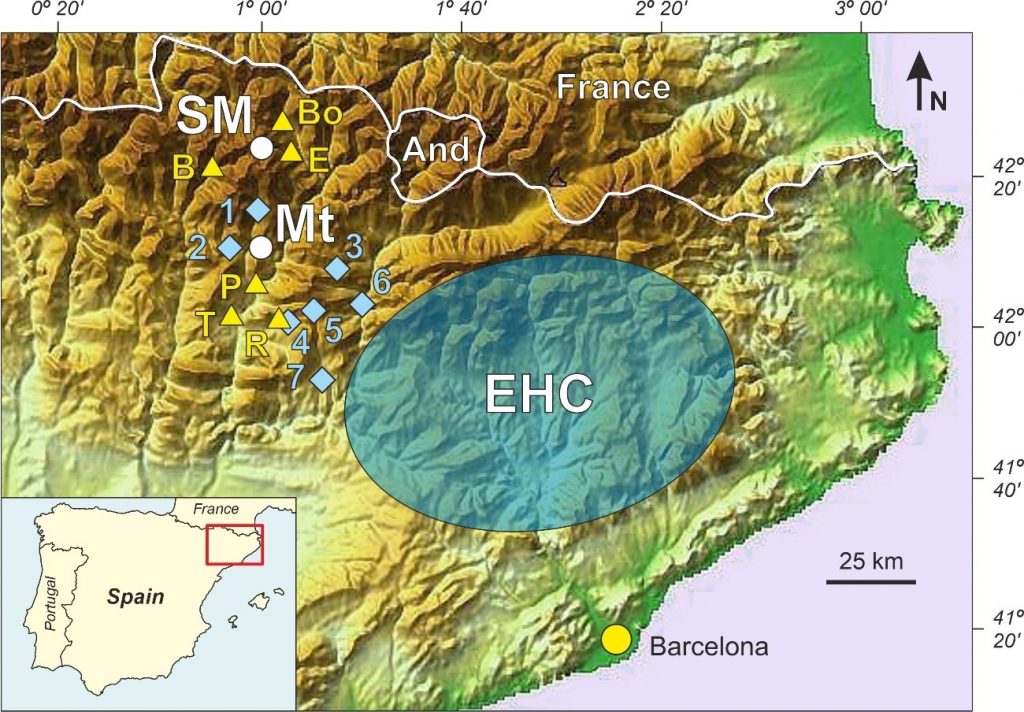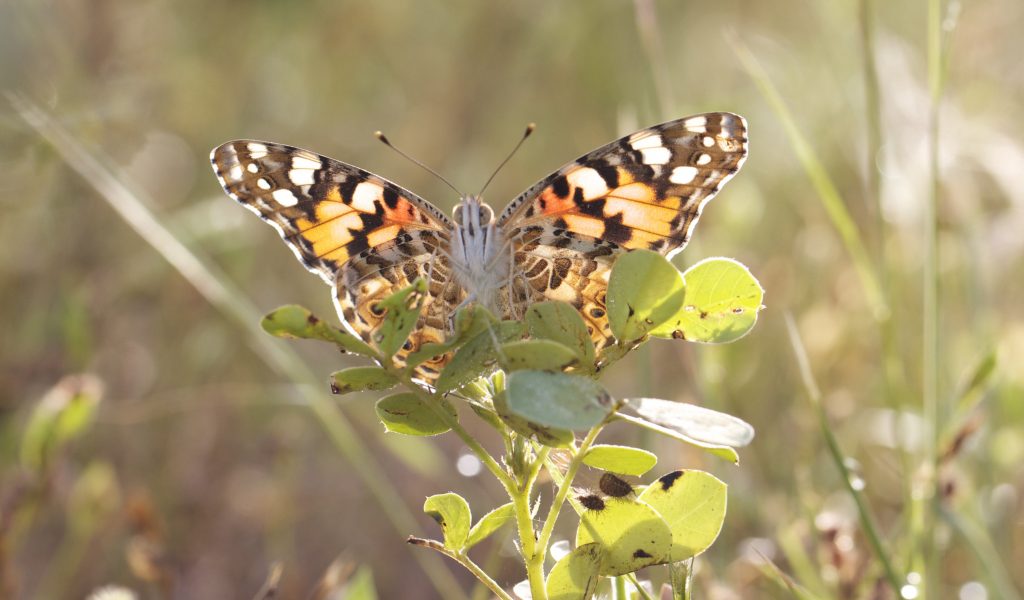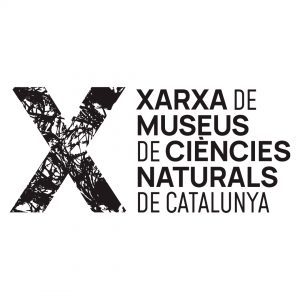Identification of legal and illegal Cannabis cultivation through lake sediment analysis
The paleoecological analysis of recent sediments from Lake Montcortès (central Pyrenees) revealed a significant peak of Cannabis pollen during the last two decades of the 20th century. This peak coincided with a period of extensive hemp cultivation (EHC) in central Catalonia between 1972 and 2006, intended to supply pulp for paper industry. After this period, Cannabis pollen levels declined but still maintained relevant amounts, higher than pre-EHC values, when large-scale cannabis cultivation was not practiced. This study was carried out by a team of researchers from the IBB, the Universitat de Barcelona and the Universitat Rovira i Virgili.

The persistently significant levels of cannabis pollen in the Montcortès sediments after 2006 are attributed to illegal plantations for drug production. Untl recently, this was merely a hypothesis, but in recent years, a number of these illegal plantations has been discovered and dismantled by the police. A number of these sites have been located at elevations between approximately 700 and 1100 m, and within 5 and 40 km downwind of the lake – a distance that falls within the dispersal range of Cannabis pollen. It has been concluded that the region around Lake Montcortès has been, and still is, a preferred area for illegal Cannabis cultivation during the las few decades.
The next step is to conduct aerobiological studies using data from existing meteorological and palynological stations, which provide data for medical purposes (allergy studies), aimed at simulating the dispersal of this pollen and identifying the most probable sources. Since no extensive hemp cultivation is practiced today in the region, the identifyied sources would most likely be illegal drug plantations. Similar surveys combining recent paleoecology with aerobiology could be extended to the whole Pyrenean area, to develop a regional model of Cannabis pollen dynamics across the Pyrenees over the last decades.
References
Rull, V., Vegas-Vilarrúbia, T. 2023. A recent Cannabis pollen increase on the Iberian Pyrenees. Science of the Total Environment 886, 163947.
Rull, V., Sigro, J., Vegas-Vilarrúbia, T. 2024. Cannabis pollen sources and dispersal in the Iberian Pyrenees during the last century: preliminary results and proposal for future studies. Review of Palaeobotany and palynology, doi 10.1016/j. revpalbo.2024.105208.
















